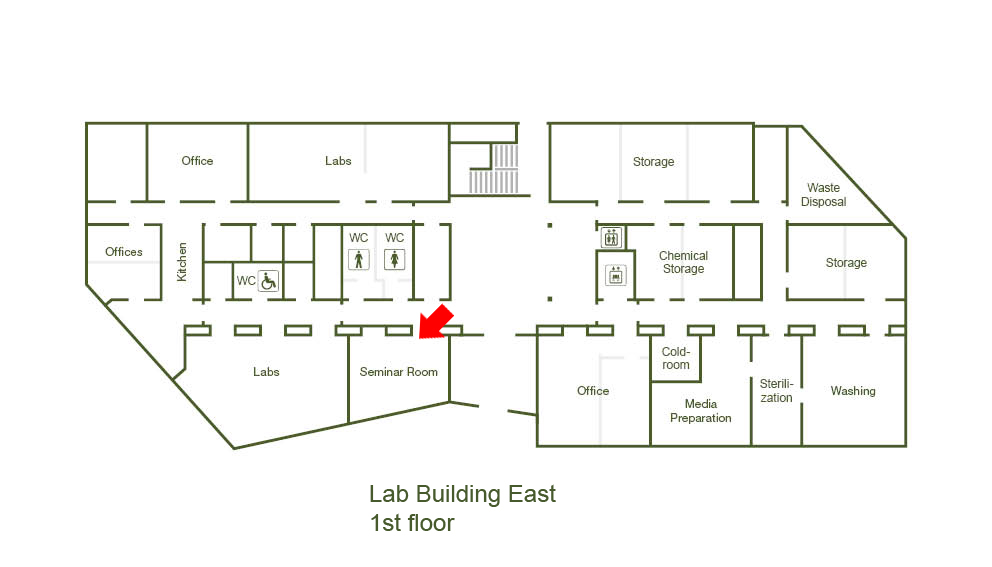The Regulatory Role of miRNAs in the Mouse and Human Brain
Date
Wednesday, April 4, 2018 10:00 - 11:00
Speaker
Rebecca Petri
Location
Seminar Room, Lab Building East
Series
Seminar/Talk
Tags
Life Sciences Seminar
Host
Novarino
Contact

microRNAs (miRNAs) are 20-24 nucleotides small, single-stranded, non-coding RNAs. They associate with Argonaute (AGO) proteins and exert their function by inhibition or degradation of messenger RNAs. A single miRNA can target hundreds of genes and one gene can be targeted by several miRNAs, hereby giving rise to a complex post-transcriptional network. In the brain, hundreds of miRNAs are expressed and several are implicated in the regulation of important neuronal functions and brain disorders. However, many questions remain concerning the regulatory role of miRNAs in the brain. In the first part of my talk I will show an important role for miRNAs in adult neurogenesis. We recently showed that miR-125 controls functional integration of adult-born interneurons into the olfactory bulb (OB) and that let-7 is the most abundant miRNA in newborn OB interneurons. Moreover, we demonstrated that let-7 controls radial migration of newborn neurons through positive regulation of neuronal autophagy, thereby revealing a novel link between miRNAs and autophagy in adult neurogenesis which has important implications for neurodegenerative diseases such as Huntingtons disease. In the second part of my talk, I will show that transposable elements (TE) are an important source for miRNAs and their target sites, hereby giving rise to a TE-dependent miRNA-target network. Together, these findings extend the current knowledge on the role of miRNAs in the brain, and ultimately provide an insight into how disturbances in miRNA regulation can have severe consequences on neuronal functions.